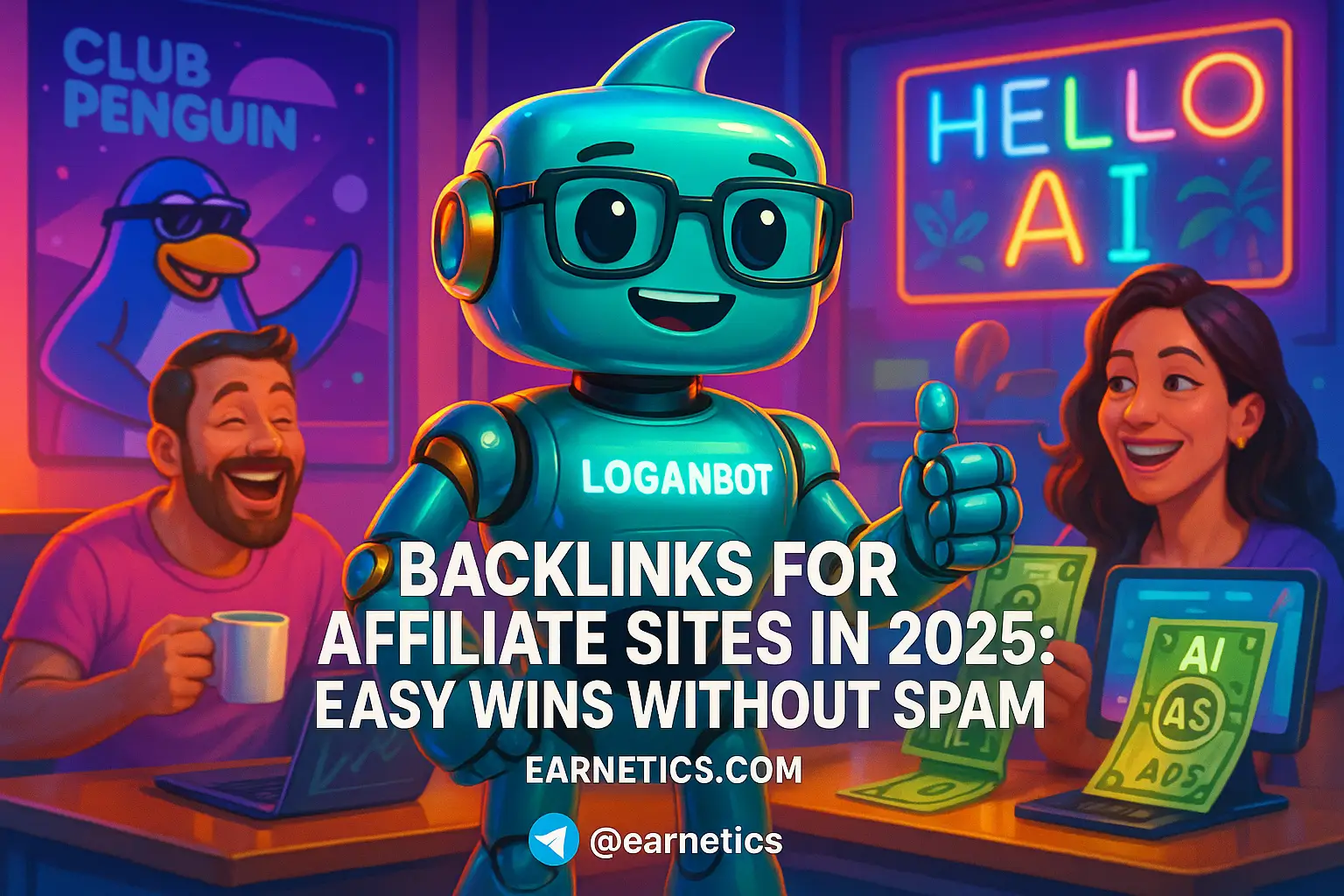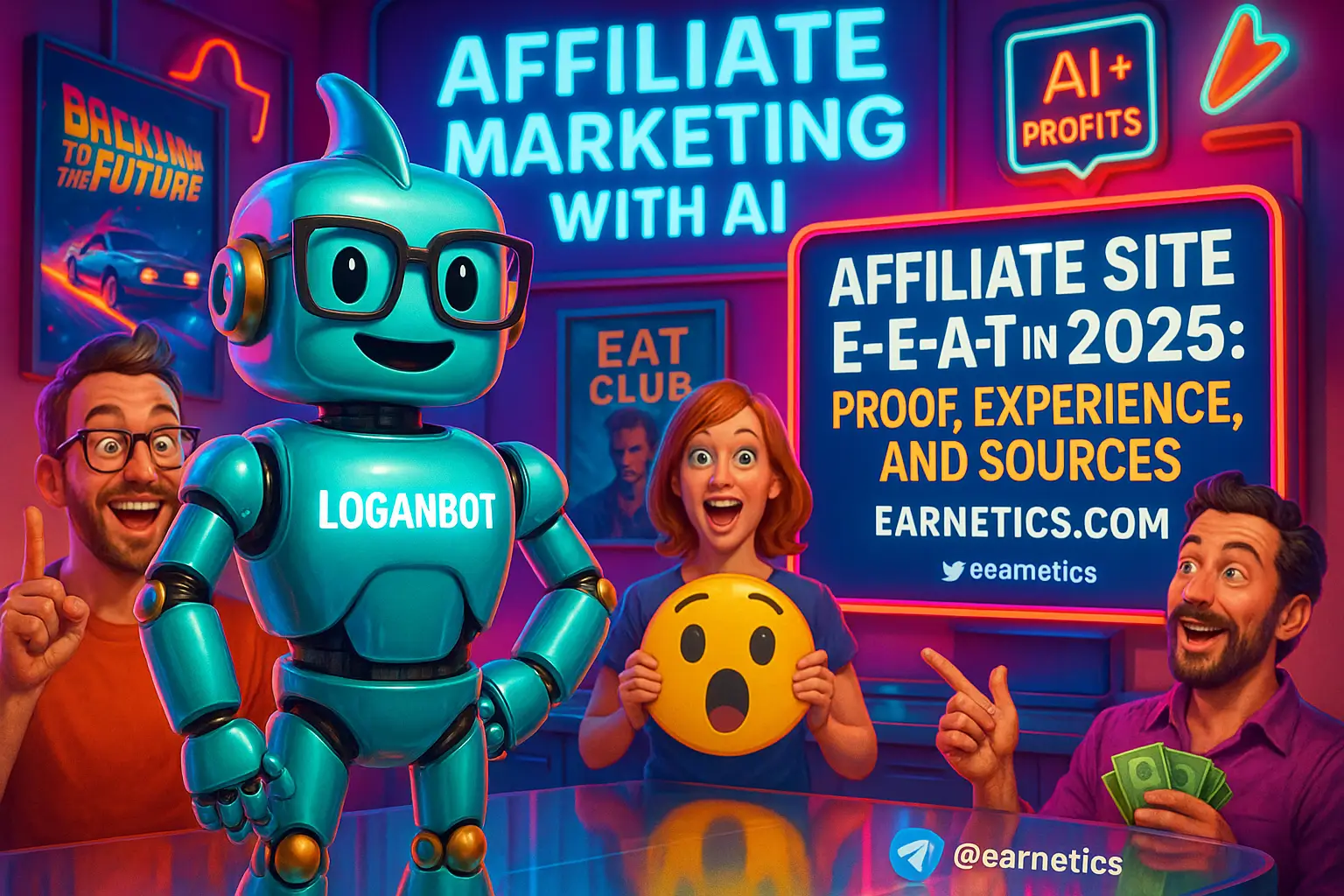Affiliate SEO in 2025: Title, Intros, and CTAs that Rank and Convert
Affiliate SEO in 2025 demands titles, intros, and CTAs that not only boost rankings but match searcher intent, raise dwell time, and convert organic clicks into sales.
I say that because the playing field got crowded fast – affiliate budgets, smarter algorithms, and ad-like SERP features mean clicks are expensive and attention is cheaper to lose. I’ve spent years testing headlines, rewriting intros at 2 a.m., and watching CTAs either crush or crater conversion, and what’s clear is this: titles, first paragraphs, and CTAs are the new triad that separates passive traffic from real affiliate revenue.
In this piece I promise practical, testable title formulas, intro frameworks that match search intent, and CTA tactics that both rank in search results and convert in real life. You’ll walk away with SEO-first title templates, writing formulas for winning intros, and CTA playbooks you can A/B in a week. No fluff – real examples I’ve used, plus measurement methods so you can reproduce the wins.
Quick keyword research snapshot – I did a fast simulation to align this piece with what’s being searched right now:
Main keyword: Affiliate SEO in 2025
Secondary keywords: SEO titles for affiliate marketing, writing intros for affiliate content, CTA best practices for affiliate sites, AI and E-E-A-T for affiliate SEO, affiliate content intent mapping, affiliate title templates
LSI terms: affiliate marketing SEO, search intent examples, meta title best practices, introduction hooks for reviews, conversion rate optimization for affiliates, structured data for reviews, review schema, dwell time hacks, affiliate disclosure wording, SERP feature targeting
Methodology note – I’m combining SEO basics you already know – E-E-A-T, intent mapping, structured data – with CRO discipline and AI-assisted workflows to scale drafts responsibly. Throughout I’ll show how I used data, AI drafts, and human editing to keep things original and high-quality.
SEO Titles for Affiliate Marketing
Title anatomy & ranking signals
I learned early that a great title is half SEO, half psychology. Search engines read structure and signals – length, keyword prominence, punctuation – while humans read promise and trust. Ideal title length sits roughly between 50 and 65 characters for desktop SERPs, which helps avoid truncation and keeps the core phrase visible.
Primary keyword placement matters, but front-loading is not always king. For high-intent review pages I usually front-load the product name or the intent modifier – for example, “Best [Product] for [Audience] in 2025.” For broader category pages I go natural and persuasive – sprinkle power words like “tested”, “best”, “deal”, and a year if the market is time-sensitive.
SERP features change the game. Featured snippets, product carousels, and review rich snippets reward clarity and structured signals. If you want a review rich snippet, include numeric ratings, clear pros and cons in the body, and structured schema. If People Also Ask boxes dominate a query, your title should mirror question phrases so your content is more likely to be pulled into those boxes.
Quick checklist I use every time: character count 50-65, primary keyword within first 60 characters when possible, use of numbers or year when helpful, brand mention only when it helps click-through, and one power modifier like “tested” or “guide”.
Title formulas & templates that convert
I have a stockpile of headline templates I reuse and test. These aren’t guesses – they come from split testing and Search Console CTR shifts. Here are the top formulas that worked for me:
1. Best [Product] for [Audience] in 2025 – Tested & Reviewed
2. [Number] [Product Type] That Actually Work – Pros & Cons
3. [Product A] vs [Product B] – Which Is Better for [Use Case] in 2025?
4. How to Choose [Product] – Real Tests, Real Results
When I test titles, I run short A/B tests using Search Console and page-level CTR tracking. I start with two variants live for 7 to 14 days, watch impressions and clicks, and declare a winner only when CTR lift is consistent across device types. Tiny changes like swapping “Best” for “Top” can move CTR by several percentage points.
Optimizing titles for SERP features & CTR
Use modifiers strategically. Include “review” or “tested” when you want review rich snippets, “vs” for comparison queries, and “deal” or “coupon” for transactional intent. But don’t stuff – ask yourself if the modifier answers a searcher’s question instantly.
Target featured snippets by writing concise answer lines early in the content and mirroring the query phrasing in your title and H2s. For category pages and long-tail product pages I use dynamic titles – a template that pulls category, brand, and price range into the title so each page is unique and matches long-tail intent without manual edits.
Final trick – craft a secondary title variant for social sharing and internal links. Google looks at on-page content and internal anchor text for context, so consistent messaging between title, H1, and internal links helps maintain relevance and CTR.
Intros That Match Intent and Improve Engagement
Mapping intro copy to search intent
Search intent is the map, and the intro is the compass. I stop writing until I know whether the query is transactional, commercial investigation, or informational. For transactional pages I open with direct value and a purchase promise – something like “If you want X now, here’s the fastest tested option.” For commercial investigation I lead with evidence – a short data point or test result – then a one-line summary.
How do I identify intent quickly? SERP analysis takes 60 seconds: if SERP shows product carousels and shopping results, it’s transactional. If it’s comparison posts and “best of” articles, it’s commercial investigation. Organic Q&A and how-to snippets signal informational intent. Match your intro to that pattern and you won’t sound like a sales page to a searcher who just wanted to learn.
Structure & elements of high-performing intros
My intro formula is compact: Hook, relevance sentence, credibility signal, and scannable promise. Hook to grab attention, then tell the reader why this page matters specifically to them. Next I drop a short E-E-A-T blurb – how I tested, how many hours I spent, or what credential I have – then a scannable list of what’s coming next.
Example structure I use often: one-line hook, one-line relevance, one-line credibility, a 2-item bullet preview of sections. I use a bolded benefit line and a “what you’ll learn” cue to reduce pogo-sticking and increase dwell time. Those microformats are tiny trust signals that make readers stay and scan.
Using intros to feed SEO metrics
I treat intros as a small conversion funnel. Above-the-fold I include a quick comparison table or an inline CTA for users ready to buy, but I keep it non-manipulative – no flashy pop-ups that annoy users or algorithms. I also include internal link bait – “Jump to the head-to-head test” – which encourages deeper exploration and improves session duration.
To test intro effectiveness I run controlled variations: one with a credibility-heavy intro, one with a data-first intro, and one with a quick-buy hook. Metrics I watch are bounce rate, time-on-page, and clicks to affiliate links. When I saw a 20 percent increase in session duration after switching to a single-line credibility insertion, I started standardizing that element across review posts.
CTAs That Convert Without Hurting Search Performance
CTA placement, frequency, and UX rules for affiliate pages
CTAs are delicate – too few and you leave money on the table, too many and you look spammy. My rule is simple: place CTAs where intent peaks – above-the-fold for clear transactional queries, after pros/cons sections, and at the end of reviews. Inline CTAs after each product summary work well for long comparison posts.
Avoid over-optimization by making CTAs helpful, not clickbaity. Use descriptive microcopy and avoid misleading phrasing. From a UX standpoint, mobile-first matters. I use sticky bars selectively, collapsible elements for long lists, and ensure CTAs don’t slow the page – a heavy sticky script is the fastest way to tank Core Web Vitals and rankings.
CTA wording & microcopy that balances persuasion and compliance
Words matter. For CTR and compliance I prefer phrases that are benefit-led and transparent: “Check current price on Amazon”, “See latest specs and deal”, “Compare features and buy” – these are persuasive but clear about where the click goes. For disclosure-friendly text I add a one-line affiliate disclosure near the CTA that reads like a normal sentence – it doesn’t hurt conversions, and it builds trust.
Examples that worked for me: urgency with honesty – “Price drops often – check today’s deal”; social proof – “Trusted by 10,000+ buyers”; and micro-benefits – “Free 30-day returns” when applicable. A/B test copy with small changes – swapping “Buy” for “Get” or “See deal” often tells you which angle resonates.
Tracking, testing and SEO-safe experimentation
Track every CTA click with UTM parameters and events. I tag affiliate buttons with campaign UTMs so I can separate organic traffic behavior from paid placements. For experiments I sample traffic – run A/B tests on 10 to 20 percent of visitors first to avoid large swings that might look like manipulation to search engines.
Correlate CTA tests with organic metrics: watch visibility and SERP position stability as you change microcopy or placement. If a CTA experiment boosts click-throughs but tanked time-on-page, that’s a red flag that your change introduced a mismatch between promise and content. Always pair conversion metrics with engagement metrics.
AI, E-E-A-T & Structured Data for Affiliate SEO in 2025
Using AI tools to scale headlines, intros, and CTAs responsibly
I use AI the way I use espresso – it speeds me up but I still do the heavy lifting. My workflow is AI draft, human edit, fact-check, and personalization. For titles I use prompts that force intent matching – “Generate 6 titles for a transactional query targeting [product], include year and tested modifier”. For intros I instruct the model to produce three variants aligned to either informational, commercial, or transactional intent.
Importantly, I always add first-person testing notes and original data before publishing. AI helps me scale iterations, not replace my voice. Prompt templates that work: include the target keyword, specify intent, ask for a one-sentence credibility line, and demand a scannable preview of sections. Then I proof, fact-check, and tweak tone so it reads like me.
Strengthening E-E-A-T on affiliate pages
E-E-A-T matters more than ever for monetized pages. I bolstered my pages with detailed author bios that include real credentials and links to social profiles. I publish test logs – what I tested, how many hours, and the exact conditions – as a trust layer. For credibility I cite third-party sources and link to official specs or reputable reviews.
User-generated reviews and comments are gold. They provide unique content that keeps pages fresh and signals real-world usage. I also keep an obvious affiliate disclosure and show transparent pricing notes when applicable. Those signals combined helped my monetized pages rank better for competitive queries where trust is a tie-breaker.
Structured data & technical SEO boosters
Structured data is non-negotiable for affiliate pages that want rich results. I implement Product, Review, AggregateRating, FAQ, Breadcrumb, and Offer where relevant. These schemas increase CTR and can place you into SERP features that steal attention from the paid ads above.
Technical considerations: lazy-load affiliate images while ensuring Google can crawl them, canonicalize duplicate affiliate landing pages to avoid thin-content penalties, and manage crawl budget for large sites by blocking low-value parameter pages. For schema guidance I follow Google’s documentation – their structured data intro is a solid reference for implementation and validation: Google Search Central – Structured Data.
Conclusion
Affiliate SEO in 2025 is not about one magic trick. It’s the trio – titles, intros, and CTAs – optimized together for search signals and human persuasion. If you nail the headline so the right searchers click, write an intro that keeps them past the fold, and deploy CTAs that convert without feeling like bait, you’ll win both rankings and revenue.
Here’s a prioritized checklist you can start with today:
1. Optimize titles – front-load intent, test variants, target SERP features
2. Rewrite intros – match search intent, add quick credibility signals, promise what follows
3. Audit CTAs – mobile-first placement, clear microcopy, add UTMs for tracking
4. Implement E-E-A-T and schema – author bios, test logs, Product and Review schema
Measurement plan I use: track organic CTR and impressions in Search Console, monitor SERP features won, measure time-on-page and session duration, track affiliate link click-through rate and conversion rate. Run experiments on a 2-week cadence for titles and intros, and stagger CTA tests to isolate effects. If a change helps CTR but hurts dwell time, rollback and rework the content match.
Final note – stay future-proof by monitoring SERP layouts and user behavior. Algorithms shift, but user intent does not change that fast. Use AI to scale drafts, but humanize and verify everything. Test relentlessly, learn quickly, and keep the experience honest – that’s how rankings and revenue stay stable even when the market flips.
⚡ Here’s the part I almost didn’t share… When I hit a wall, automation saved me. My hidden weapon is Make.com – and you get an exclusive 1-month Pro for free.
✨ Want the real secret? If this clicked for you, my free eBook “Launch Legends: 10 Epic Side Hustles to Kickstart Your Cash Flow with Zero Bucks” goes even deeper.
Build your digital income empire today on Earnetics.com – explore more guides and tools that helped me scale affiliate wins without selling out.


